How do I auto increment the primary key in a SQL Server database table? I've had a look through the forum but can't see how to do this.
I've looked at the properties but can't see an option. I saw an answer where you go to the Identity specification property and set it to yes and set the Identity increment to 1, but that section is grayed out and I can't change the no to yes.
There must be a simple way to do this but I can't find it.


